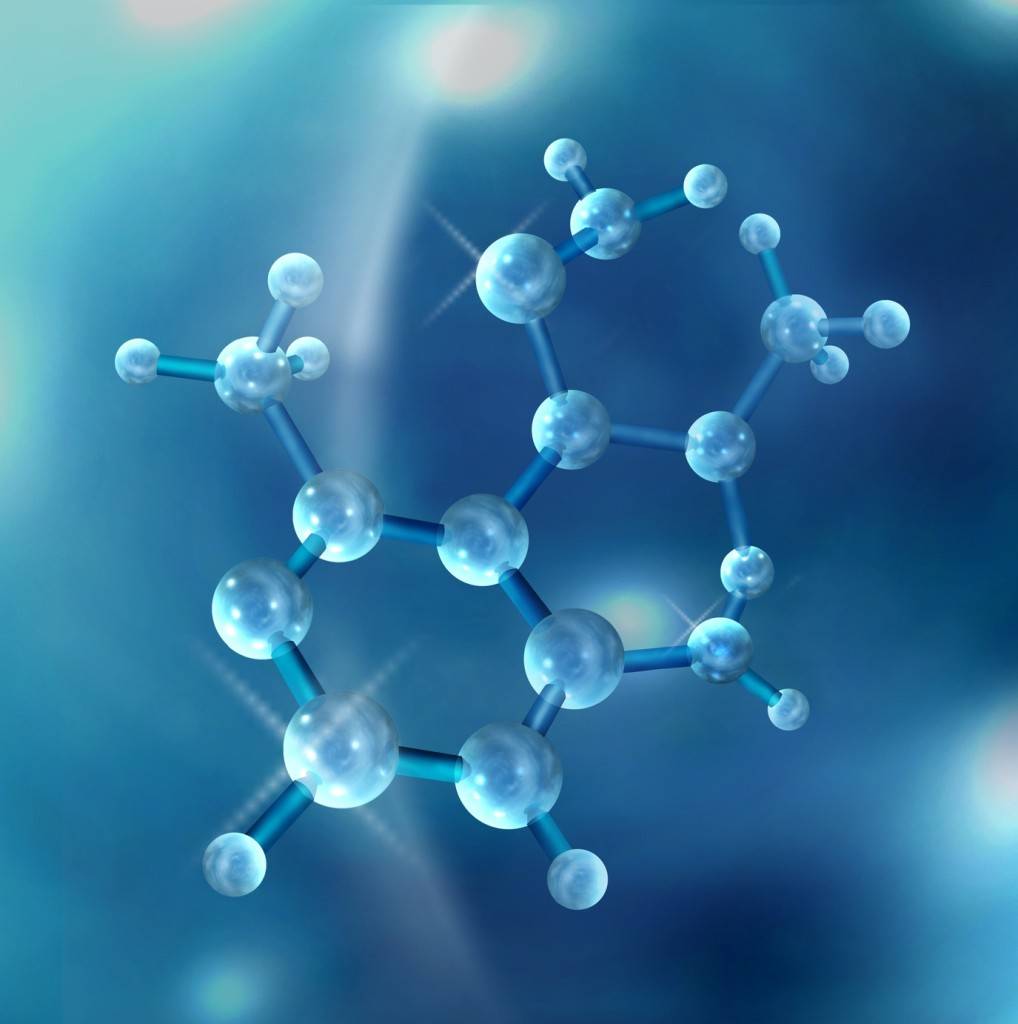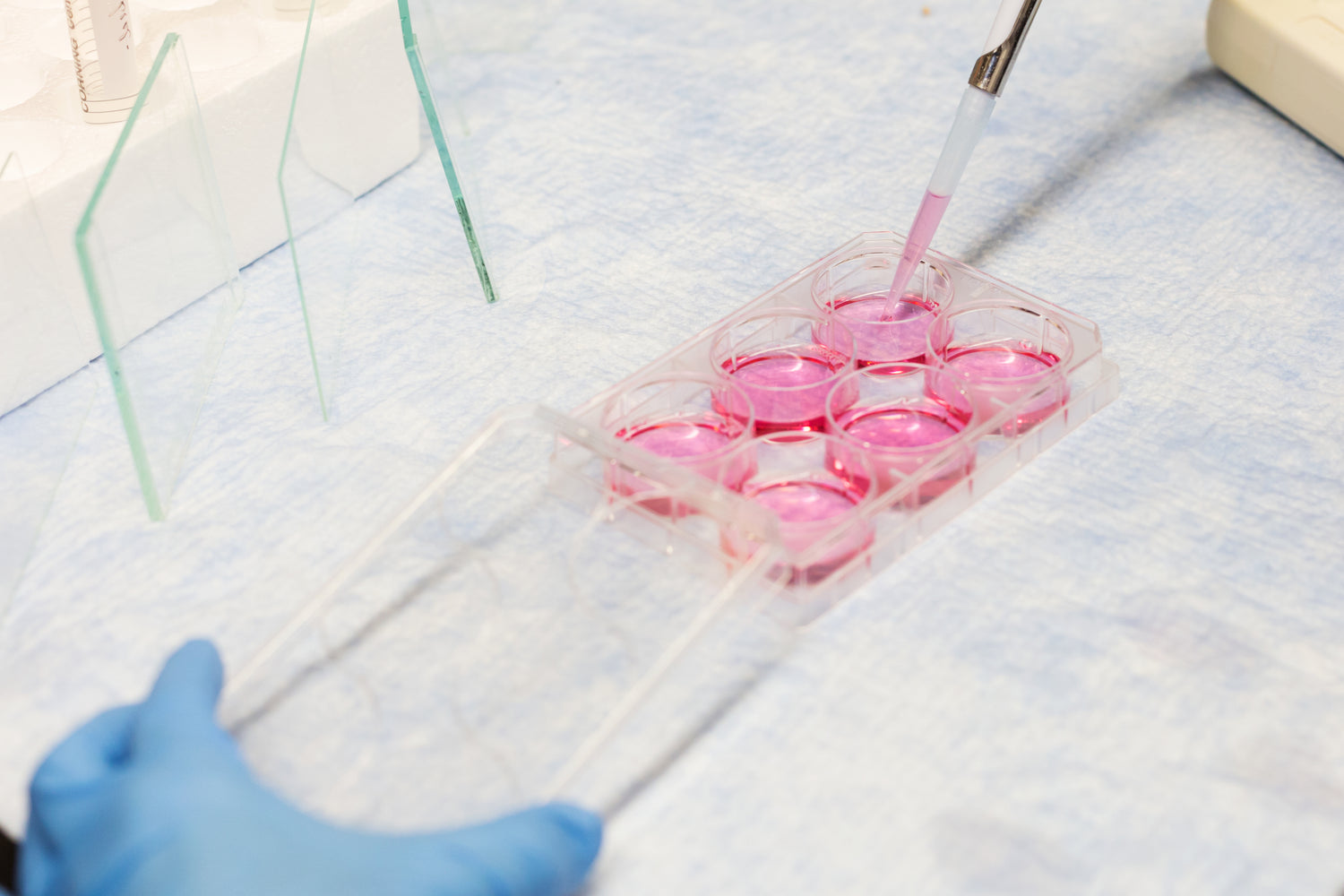The influencing factors of the defoaming effect of ultrasonic defoaming machine mainly include the following aspects:
Ultrasonic parameters:
Frequency: Generally speaking, the higher the frequency, the stronger the cavitation effect, and the better the defoaming effect within a certain range, but too high a frequency may lead to excessive concentration of energy, increase the local temperature of the liquid, affect the properties of the liquid, and may also cause damage to the equipment. Different liquids and foam systems may require different optimal frequencies, for example, for high viscosity liquids, lower frequencies of ultrasound may be required to achieve better defoaming effects; For low viscosity liquids, higher frequencies of ultrasound may be more suitable.
Amplitude: the larger the amplitude, the stronger the energy generated by the ultrasonic wave in the liquid, the greater the destructive power to the foam, and the better the defoaming effect. However, too large amplitude may also cause excessive disturbance of the liquid, heating and other problems, but also increase the energy consumption and wear of the equipment. Therefore, it is necessary to choose the appropriate amplitude according to the specific application scenario and liquid characteristics.

Liquid characteristics:
a. Liquid viscosity: liquid with higher viscosity, the bubbles inside are subjected to greater resistance, and the movement and rupture of bubbles are relatively difficult, so stronger ultrasonic energy is needed to achieve better defoaming effect. For example, in the petroleum, resin and other industries, when dealing with high-viscosity liquids, it is necessary to choose an ultrasonic defoamer with large power, appropriate frequency and amplitude.
b. Surface tension: liquid with low surface tension is easier to form foam and the stability of foam is poor, and it is relatively easy to defoamer; Liquids with higher surface tension form a more stable foam that requires higher ultrasonic energy to destroy. For example, liquids containing surfactants have low surface tension and are easy to foam, but when treated by ultrasonic defoamer, the defoaming effect may be affected due to the presence of surfactants.
Foam characteristics:
a. Foam stability: The higher the stability of the foam, the more difficult to destroy, the worse the antifoam effect. The stability of foam is related to the composition of liquid, the type and concentration of surfactant, the size and distribution of bubbles and other factors. For the foam with high stability, it may be necessary to increase the power and frequency of the ultrasonic wave or extend the processing time to achieve a better defoaming effect.
b. Foam thickness and volume: Thicker foam layers or larger volumes of foam require more energy to eliminate, and may affect the propagation of ultrasonic waves in the liquid, reducing the defoaming effect. When dealing with large amounts of foam, it is necessary to choose the right type of equipment and treatment to ensure adequate foam coverage and effective defoaming.

Equipment installation and use environment:a. Installation position:
The installation position of the ultrasonic defoamer should ensure that the ultrasonic wave can fully act on the liquid, and it is generally necessary to install the ultrasonic transducer near the liquid surface or inside the liquid, so that the generated ultrasonic wave can be effectively transmitted to the liquid. If the installation position is not appropriate, it may lead to the loss of ultrasonic energy and affect the defoaming effect.
b. Container shape and size: The shape and size of the container will affect the flow of liquid and ultrasonic reflection, refraction and other phenomena, thus affecting the defoaming effect. For example, in a deeper container, the ultrasonic wave may need to travel a longer distance to reach the liquid at the bottom, resulting in a relatively poor defoaming effect at the bottom; In a shallower container, ultrasound can act on the liquid more quickly, and the defoaming effect may be better.








